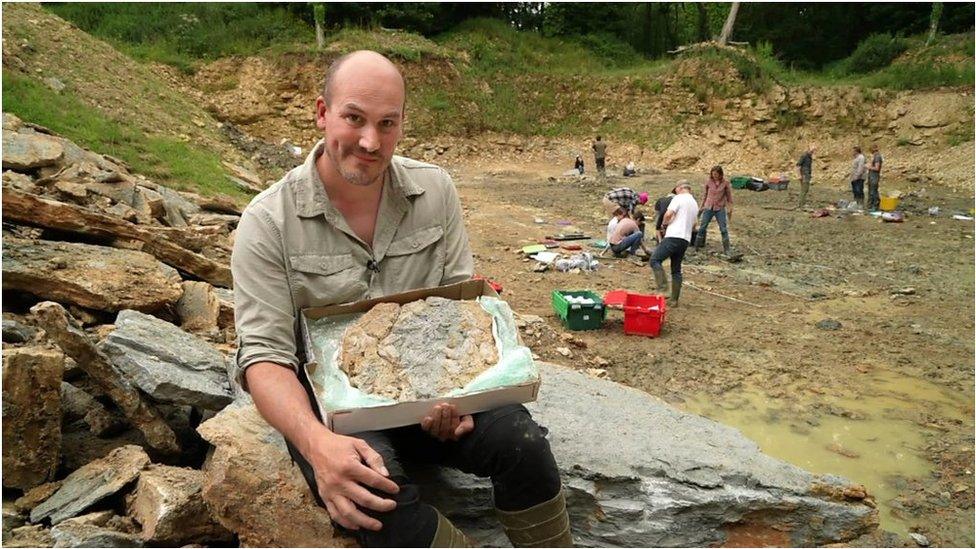Bath museum puts restored skull of new crocodile species on display
- Published
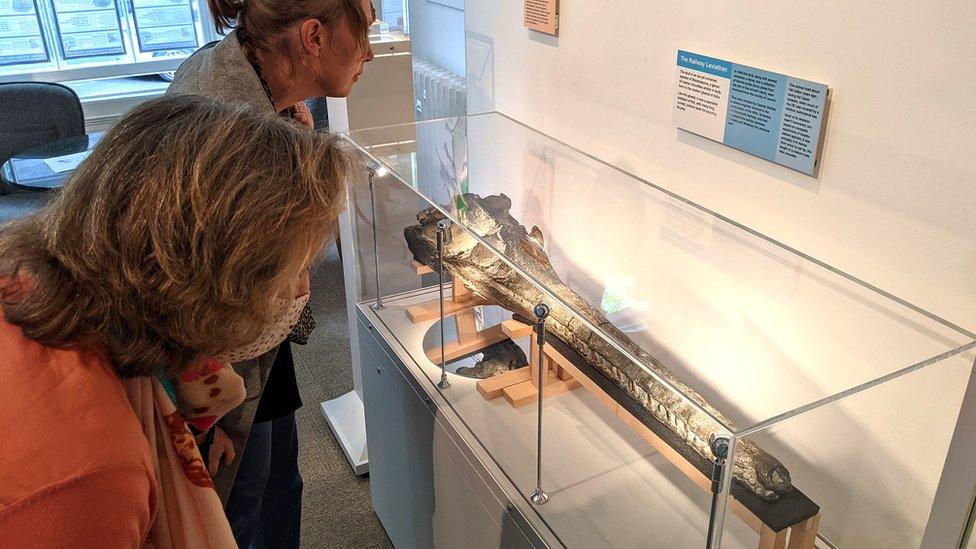
The fully restored skull has never been on public display before
The fully-restored skull of a new species of crocodile has gone on display for the first time.
The 160-million-year-old creature was discovered in the late 1840s and went display until the 1930s before being put into storage.
In 2014 work to further expose parts of the skull and teeth enabled experts to tell it was an undiscovered species.
Now thanks to new funding, it is being displayed at the Bath Royal Literary and Scientific Institution (LSI).
The crocodile skull was found in a railway cutting in Wiltshire in the late 1840s by a team including Capt McNair, who later worked for the celebrated engineer Isambard Kingdom Brunel.
He donated the remains to the Bath LSI in 1849 and it went on display without its full jaw being visible.
When World War Two began, much of the museum's collection was put into storage boxes until the 21st Century.
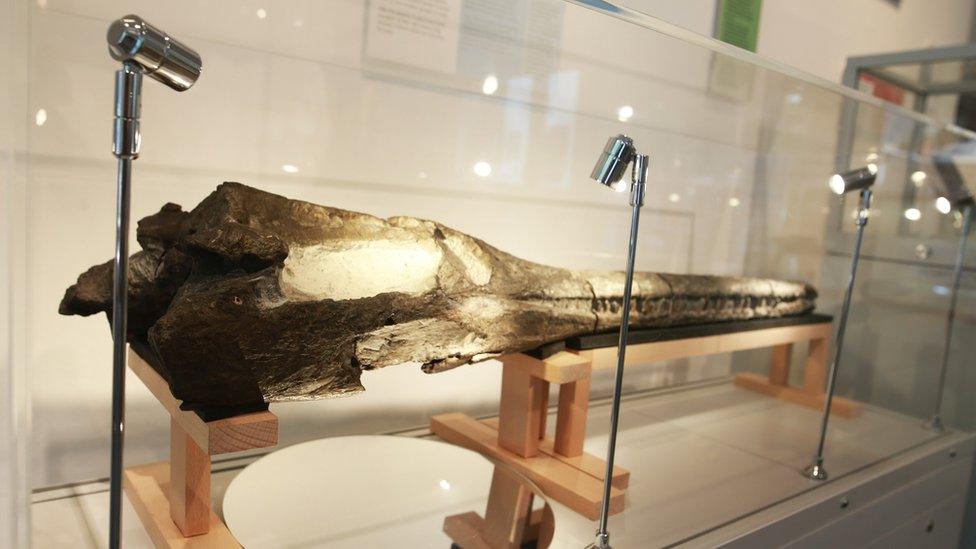
Experts have revealed the full jaw and teeth of the crocodile
"At one point the snout became separated from the rest of the skull and was in a box marked 'fossil tree'," said Bath Royal LSI collections manager Matt Williams, a palaeontologist, who reunited the skull with the jaw.
He said it was not until the skull and jaw were fully restored in 2014 that the team at the museum began to realise they may have a new species on their hands - a member of the genus Steneosaurus.
"A Brazilian palaeontologist colleague examined the animal's palate, which had previously been hidden under the stone it was found in, and said it has some unique features that make it a new and, as yet, undescribed species" said Mr Williams.
"It's a particularly large marine predator from that period as well.
"It's hard to be specific about size as we don't have a complete skeleton, but I think we're safe to say it would have been the same size as a modern saltwater crocodile, so five to six metres (about 3.2 ft) from snout to tail."
The animal had specially-curved teeth which Mr Williams said indicates it would have specialised in eating fish.
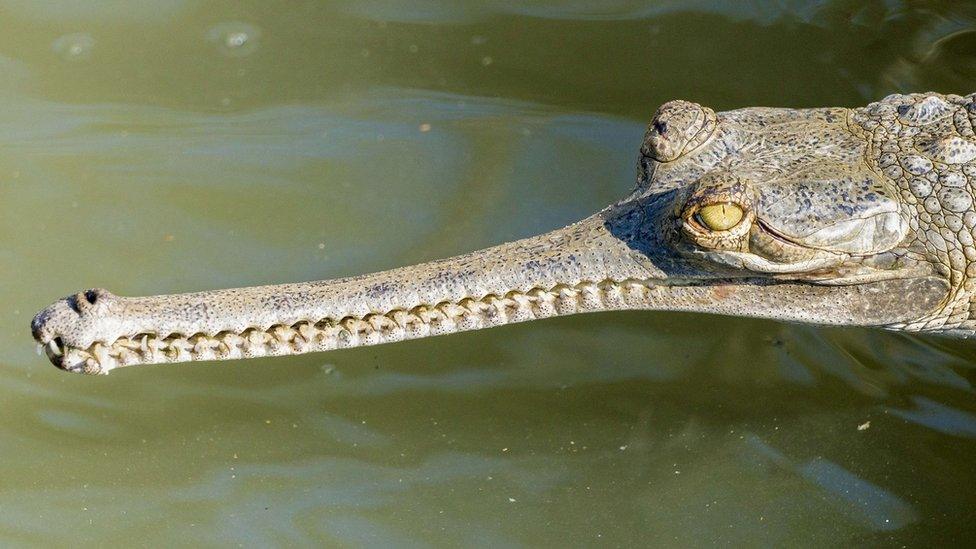
Mr Williams said the creature had an elongated snout and curved teeth, similar to a Gharial of India
He said when the animal was alive, what is now Somerset and Wiltshire would have been further to the south than they are now, and covered by a shallow sub-tropical ocean.
"The whole land mass would have been roughly in line with where Gibraltar is now," he said.
"The climate would have been much warmer, and there would have been dinosaurs on nearby islands."
Thanks to funding from The Art Fund, the head and jaw of the crocodile, which is yet to be given a species name, are featured in Bath Royal LSI's new Bath Discover Trails app, external, under the The Railway Leviathan walking trail section.
The National Lottery Heritage Fund is also supporting Bath Royal LSI to use digital media to reach new audiences for the App, as well as their other programmes.
"The animal has never been seen in its present form, with all of what is now exposed on show, and has not been available for the public to see - in any form - for the best part of 100 years," said Mr Williams.
"It's a privilege to work with objects like this every day, but as I often say - it may seem a long time ago but between the Jurassic period and now only covers about four per cent of the Earth's history, which is an astounding thought."

Follow BBC West on Facebook, external, Twitter, external and Instagram, external. Send your story ideas to: bristol@bbc.co.uk , external
Related topics
- Published25 August 2021
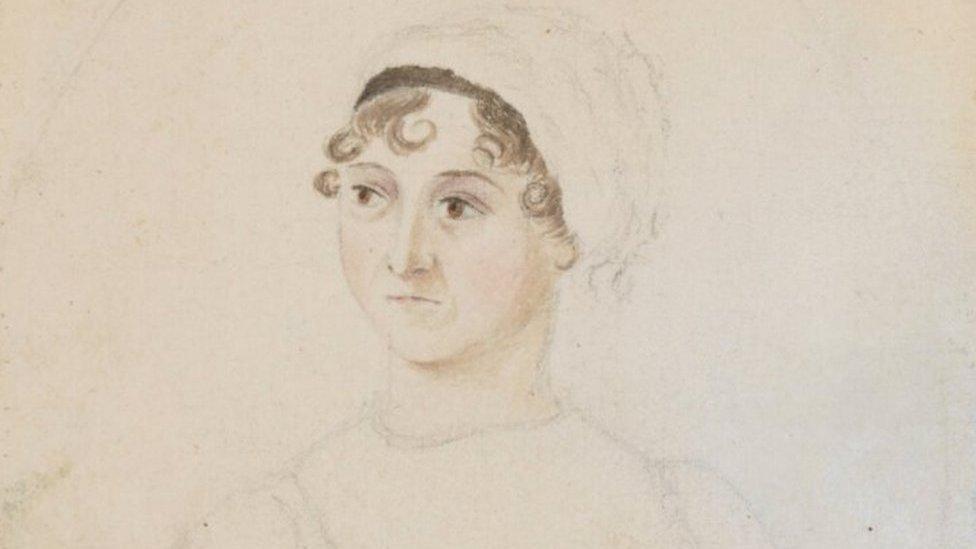
- Published14 August 2021
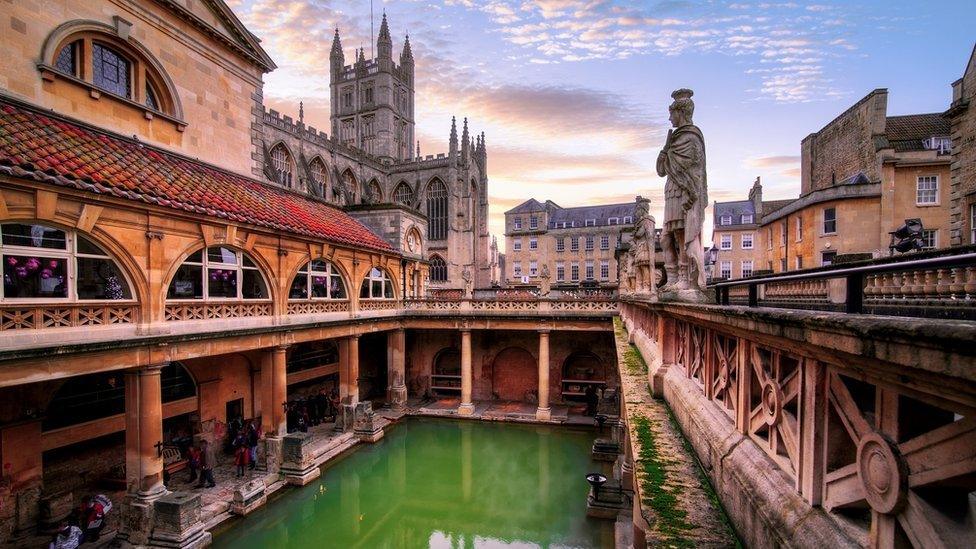
- Published21 July 2021

- Published21 July 2021
